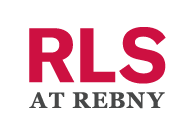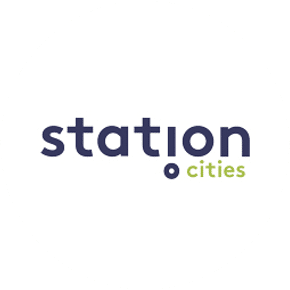Today Harlem visitors come for its numerous museums, churches and mosques, restaurants and music venues. Cultural highlights include the Charlie Parker Jazz Festival held each summer in Marcus Garvey Park, the Dance Theatre of Harlem, the Lenox Lounge, the Apollo Theatre, Harlem Opera Theatre and the Classical Theatre of Harlem.
Numerous museums, churches, restaurants & music venues
Visitors to New York tend to either think of Harlem as it was in the 20s and 30s, home to legendary jazz clubs and speakeasies, lounges, taverns and supper clubs or they think of its depiction in the 80s on TV and movies as gritty and grimy, plagued by crime and poverty. Harlem has indeed been prone to boom and bust cycles. The ups and downs of the neighborhood, particular many of the tougher decades following the Harlem Renaissance when very little development took place and the economy stagnated, have ironically contributed to the area’s current historic value. Many of Manhattan’s finest original townhouses can be found in several districts of Harlem, including the Hamilton Grange area, the Mount Morris district, and Strivers Row.
During the Harlem Renaissance in the 1920s and 30s, this area was the center of a massive artistic outpouring including jazz, poetry, dance, and theatre. In addition to a whole host of amazing musicians who played at the celebrated Cotton Club and Apollo Theater this era also brought to prominence great American authors and intellectuals such as Langston Hughes, Zora Neal Hurston and W. E. B. Du Bois.
Some claim today’s current revival in Harlem owes more to commerce than culture. The city spent money on the area’s infrastructure in the 80s and 90s, along with the creation of the Upper Manhattan Empowerment Zone, funneling resources and development to the area. With this development, national chains began opening stores along the main shopping district on 125th Street. Now the area is home to a large shopping complex, Studio Museum, and famously, the Clinton Global Initiative Offices. Development has also brought new building with studios, lofts, and luxury condos.
Today Harlem visitors come for its numerous museums, churches and mosques, restaurants and music venues. Cultural highlights include the Charlie Parker Jazz Festival held each summer in Marcus Garvey Park, the Dance Theatre of Harlem, the Lenox Lounge, the Apollo Theatre, Harlem Opera Theatre and the Classical Theatre of Harlem.
Central Harlem’s boundaries begin north of 110th Street and west of 5th Ave and are generally considered to contain everything east of St. Nicholas Avenue up to 155th street. West Harlem begins above 123rd Street to the west of St. Nicholas. Subways are the 2 or 3 for Central Harlem; and the A, B, C, or D for West Harlem.



 Sign up today to get access to 1000's of homes we have available!
Sign up today to get access to 1000's of homes we have available!
